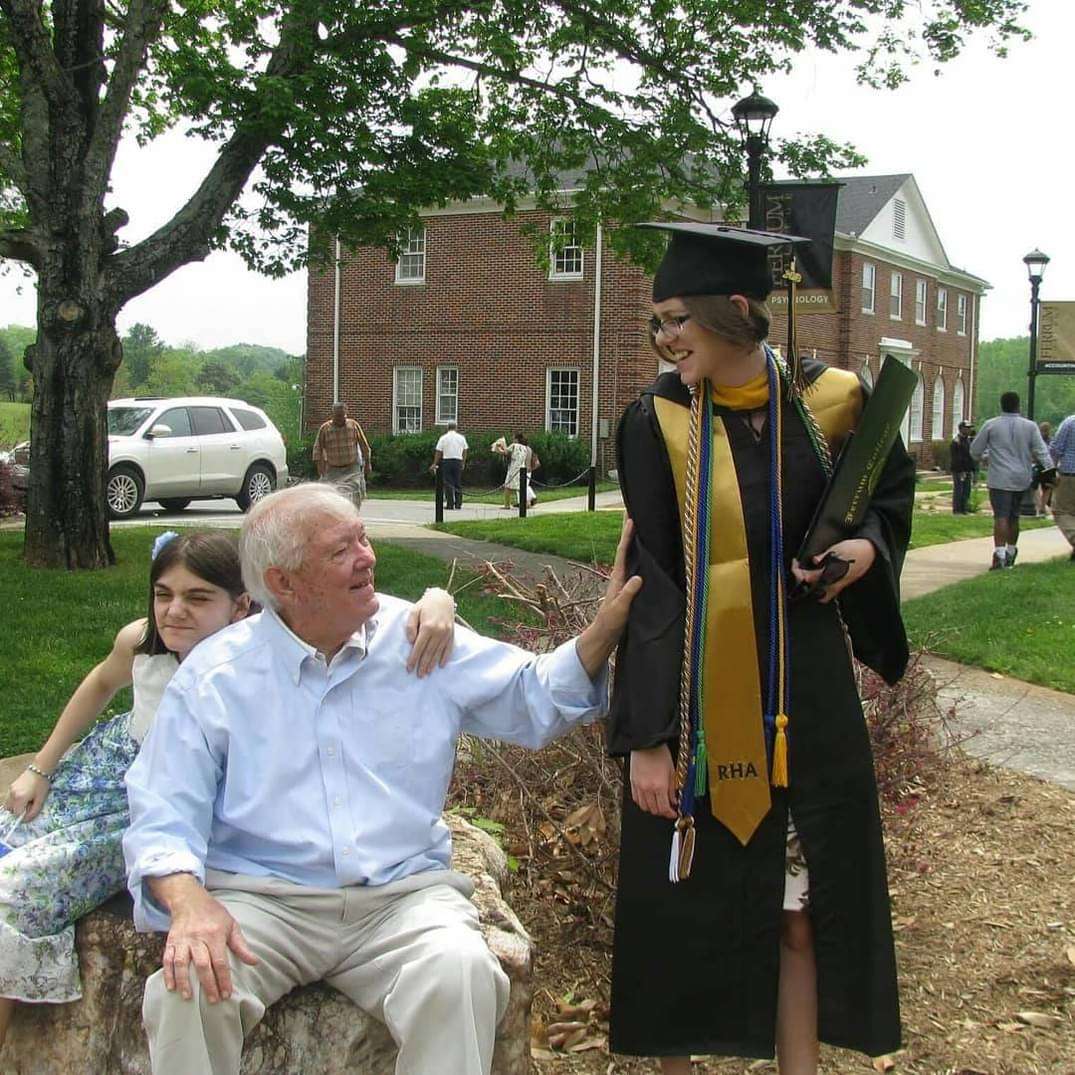After Francis I was announced as the new Pope, many Catholics were excited to witness a revitalized Church that showed the same love and compassion towards all people, including the most vulnerable populations, while maintaining the life and dignity inherent in each person. Many hoped that perhaps this new leader would be able to bridge the gap between the institutional Church and the church, which is defined in the Catechism as “not merely a building or even an organizational hierarchy, but first and foremost as the people of God who abide in Jesus and form the different parts of the body of Christ.”
In other words, the Church is not composed solely of the pope, cardinals, and bishops, but rather consists of the over one billion Catholics worldwide who are working to live out their faith everyday as followers of Christ.
Sister Simone Campbell, an advocate for the Leadership Conference of Women Religious, stated, “As Catholics, we believe our experience informs our faith and our faith informs our experience.” With this in mind, we must recognize how people of faith are pursuing social justice based on their experiences and on an awareness of how the Catholic Church can work to address the needs of all people who are suffering or being discriminated against.
It is important to remember that those who are challenging the practices of the Church are not necessarily questioning the Church’s doctrine. There is a fundamental difference between the doctrine of the Church and the disciplines of the Church. The doctrine is composed of those beliefs included in the Profession of Faith recited at mass. These beliefs include the teachings at the heart of the Church, such as the belief in one God, and the understanding that Jesus was crucified, died, and was resurrected. While doctrine doesn’t change, it can evolve over time as the Church comes to understand it better. In addition, those teachings that qualify as disciplines of the Church have in fact gone through a number of changes over time. For example, Church leaders did not agree on the appropriate number of sacraments until the thirteenth century, more than twelve thousand years after the Church was established. Furthermore, mass was actually said in the vernacular languages until the Council of Trent in 1563 when it was determined that all masses should be spoken in Latin, a change which would be eventually reversed during Vatican II.
The Catholic Church even considered slavery to be morally acceptable until after the Civil War, and Galileo’s teaching that the earth revolved around the sun was not officially accepted by the Church until 1992. These adjustments occurred not as a result of a “weak appeasement to secularism,” but rather because Church members discovered through prayer, reason and discernment that these changes needed to be made.
Furthermore, the Second Vatican Council was not called in response to pressure from secular forces; instead Pope John recognized the need for the Church to reexamine itself as an agent of change in service to the world. Without Vatican II, some would say that the church today would be a minority incomprehensible to majority of people.
Indeed, for every person who argues that the Church went too far with the changes brought about by Vatican II, there are those who think that the Church did not go far enough, both at the highest level of Vatican authority and amongst everyday Catholics who see a disconnect between their lived experiences and the Church they love.
Still, even as some people left the Church after Vatican II, there were also many Catholics who returned to their faith. In fact, the main reason people are leaving the church is not because it is not traditional enough or because it is seen to be acquiescing to the whims of a secular populace. Instead, many Catholics, young people in particular, are disillusioned by a Church that has failed to respond with the same faith and reason to abuse and hatred that has been sanctioned by the Church or endorsed by its silence. By no means, should any individual be forced to leave the Church because he or she wishes to see a change in Catholic social teaching or discipline. And by no means is it “stupid” to think that one can appeal for change in the Church.
For the two millennia that the Church has been in existence, change has not only occurred, but it has also been necessary at times. Those who wish to reform the Church are not betrayers; instead, they are following in the tradition of reformers, such as St. Catherine of Sienna, Cardinal Newman, Dorothy Day, and even St. Francis of Assisi. Like them, we need to be open and honest when examining how the Church affects the lives of those around us, and we must remember the words from the first book of Timothy: “the aim of our charge is love that issues from a pure heart and a good conscience and a sincere faith.”






Allegheny Woman • May 3, 2013 at 9:39 am
The thirteenth century = twelve hundred years, not twelve thousand…?